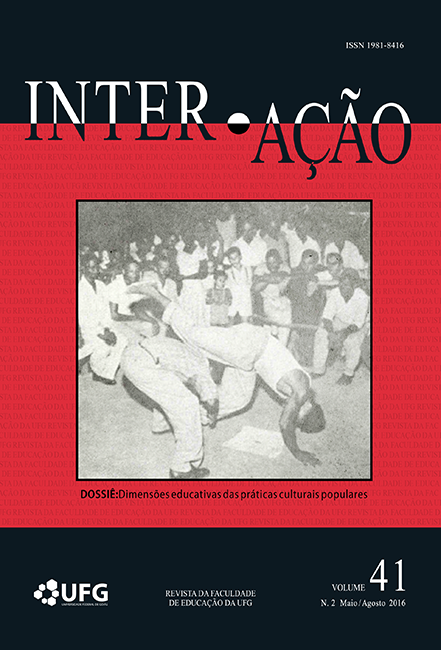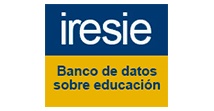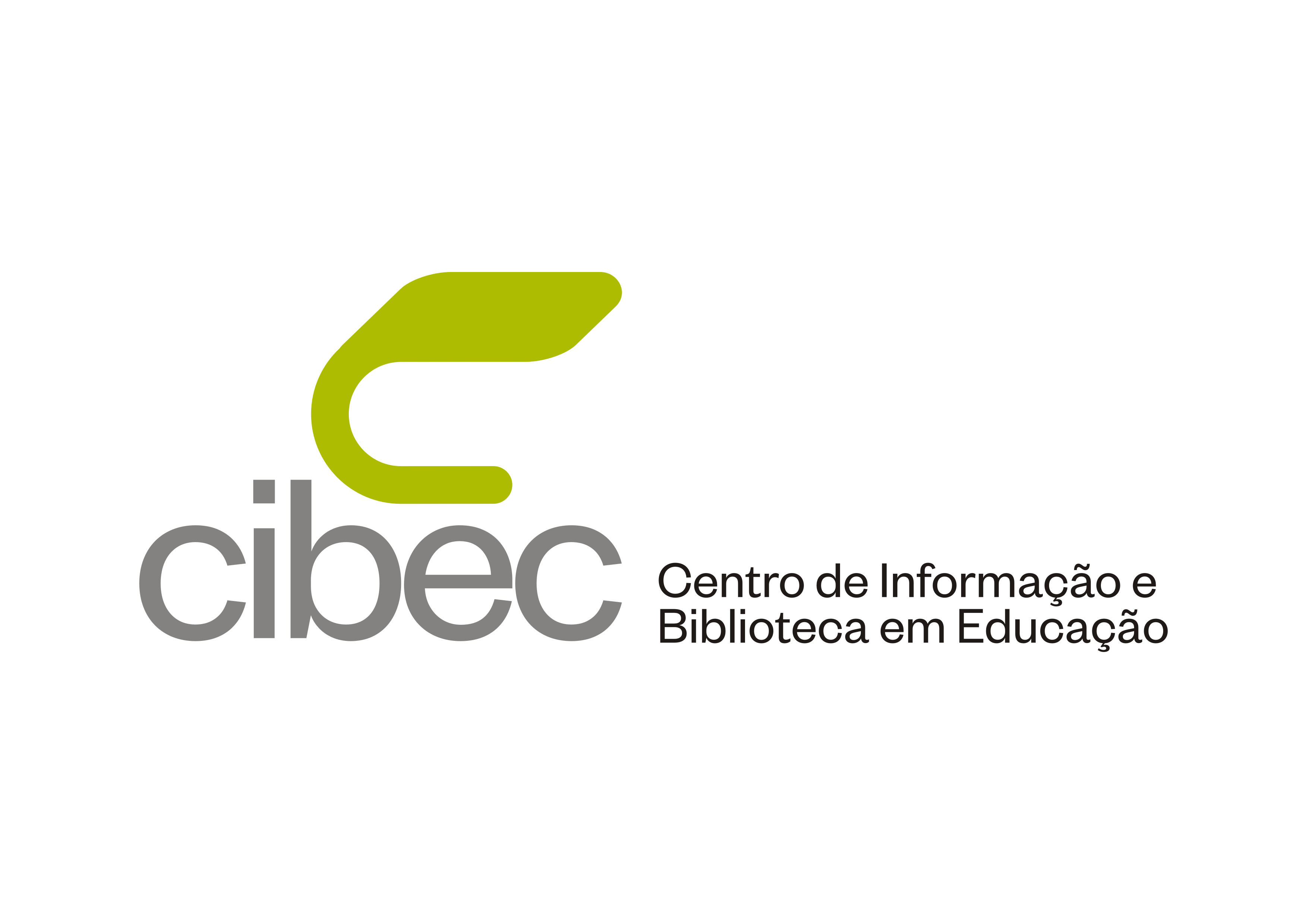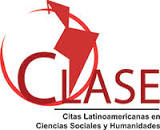A RUA COMO ESPAÇO E TEMPO DE POSSIBILIDADES EDUCATIVAS
DOI:
https://doi.org/10.5216/ia.v41i2.40776Keywords:
Educação Popular, Dança de Rua, População de Rua, Usuários de CrackAbstract
O artigo objetiva tecer reflexões em torno da dimensão educativa da rua vivenciada por três grupos sociais marginalizados que significam esse mundo a partir de incansáveis movimentos de busca por serem mais. Visando ressaltar a possibilidade e necessidade de pesquisar com esses grupos e não sobre eles, o autor e as autoras do texto posicionam-se como educadores populares e pesquisadores que primam pelo desenvolvimento da ciência no campo da educação com compromisso social. Dessa maneira, questionam o preconceito e a indiferença voltada aos grupos populares que usam a rua como espaço de moradia, vivências afetivas e culturais, sugerindo que sejam vistos e compreendidos como produtores de práticas sociais que, por meio da arte, da comunicação, da reinvenção da moradia, do trabalho e até mesmo do uso de drogas, afirmam suas vidas e lutam pelo reconhecimento de sua humanidade.
Downloads
Downloads
Published
How to Cite
Issue
Section
License
Inter-Ação uses the Creative Commons Attribution 4.0 License for Open Access Journals (Open Archives Initiative - OAI) as the basis for the transfer of rights. Open access means making documents available on the Internet free of charge, so that users can read, download, copy, distribute, print, search, or link to the full text of documents, process them for indexing, use them as input data for software programs, or use them for any other lawful purpose, without financial, legal, or technical barriers.
Authors publishing in this journal agree to the following conditions:
1) Authors retain copyright and grant the journal the right of first publication, with the work simultaneously licensed under the Creative Commons Attribution License, which permits redistribution of the work with attribution and first publication in this journal.
2) Authors are permitted to enter into additional, separate agreements for non-exclusive distribution of the version of the work published in this journal (e.g., for publication in an institutional repository or as a book chapter), with attribution and first publication in this journal.
3) Authors are permitted and encouraged to publish and distribute their work online (e.g. in institutional repositories or on their home page) at any time before or during the editorial process, as this may generate productive changes as well as increase the impact and citation of the published work.















